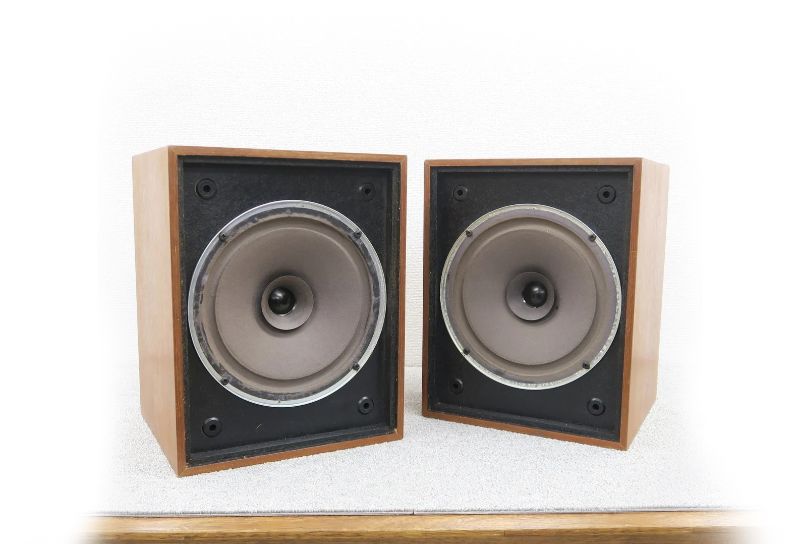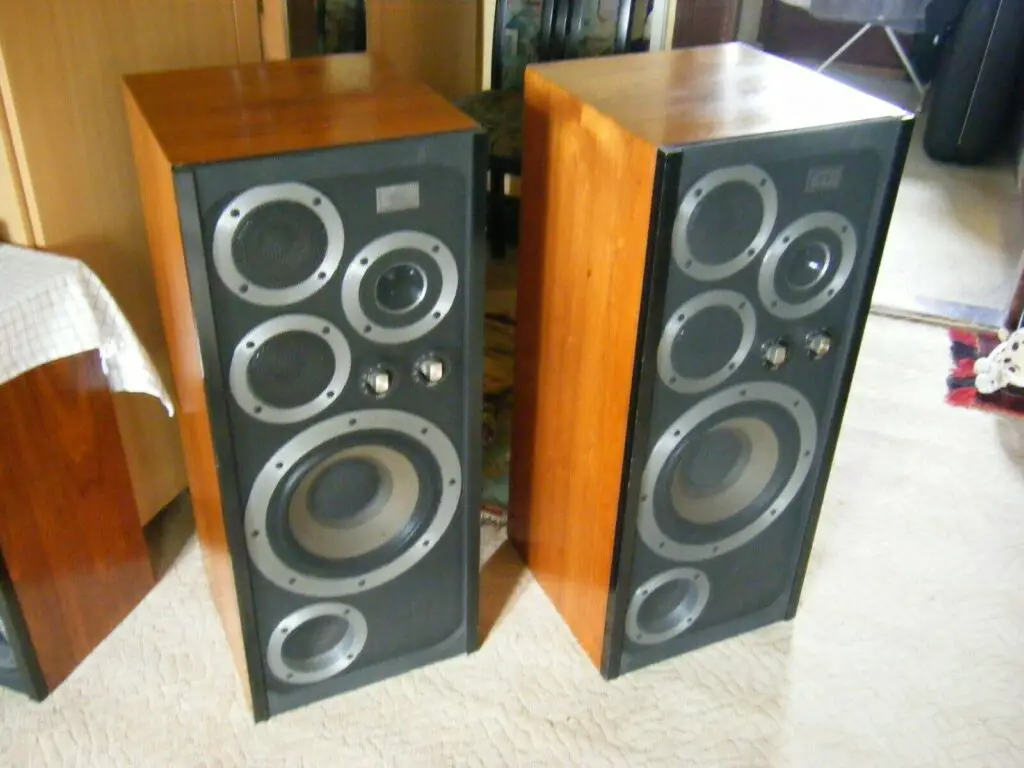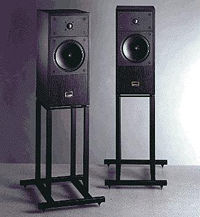Beryllium has a lot of advantages. Only Hydrogen, Helium, and Lithium are lighter (more stable) metals in the Periodic Table. This results in an extremely sturdy structure for any given weight, which is ideal for loudspeakers! It is significantly more adapted to moving air than anything constructed of heavy old Magnesium or Aluminum, which may be compared to building race cars out of steel. Beryllium is not widely used since it is costly to produce and harmful if not handled properly during the manufacturing process.
This explains why just a few speakers have ever used this material, with Yamaha’s NS-1000M being the remarkable exception. This has flaws, but the quickness, clarity, and understanding are unparalleled in my experience. The Yamaha’s strength stems from the skillful pairing of a Beryllium tweeter with a five-inch Beryllium midrange dome. All of the most audible frequencies are handled by phase-coherent, identical sounding transducers in this speaker, and the results are astounding. You may now add the Usher BE-10 to this elite group, as it, too, features a Beryllium tweeter and midrange unit, however Usher has chosen to invert the midrange dome to a cone profile. According to the business, this is the first time such a driver has existed.
A very large (365x715x1215mm) box weighing no less than 92kg can be purchased for £10,500. (including its base). The BE-10 is a large three-way, like so many of my favorite loudspeakers, with a 1.25 Beryllium tweeter from 40kHz to 3.46kHz, then the 5 inverted Beryllium dome takes over. With the help of bass reflex loading, this reaches down to 550Hz, where an 11 woofer handles everything down to 25Hz (claimed). With two of the world’s fastest, lightest drivers pulsating away above it, keeping up with the bass unit is a challenge. Usher has chosen Kevlar (patented para-aramid synthetic fiber), which is famous for being five times stronger than steel on a weight-for-weight basis and is used in bulletproof vests, among other things. The cabinet has Usher’s signature rounded back (to decrease resonances) and angled backwards profile (to provide time-alignment). Needless to say, it is heavily reinforced and finished to a high quality.
This is one of the most powerful speakers I’ve ever heard. I’m a big lover of the big three methods, and there aren’t many that compare to this. Although it is exceptionally clear from top to bottom, it does not have the dry, sterile focus as so many so-called “reference” loudspeakers do. This, on the other hand, is natural and effortless. The Usher provides a wide angle view on what’s happening on without preoccupying itself (or you) with particular detail points, rather than flashing a thousand Watt light on the recording and clicking in the zoom lens. It also masterfully resolves every facet of the song while doing so without drawing attention to itself.
The huge Usher, on the other hand, doesn’t sound that remarkable; it’s not like it’s trying too hard to throw everything at you. Everything is there, but you can take it or leave it. This outstanding box is defined by its combination of detail and delicacy, as well as its incredible ease of use, which is largely due to the flawless integration of all three drive units. It’s not enough to have a trick tweeter. The open, bright, and yet subtle sound comes from the seamless mixing of HF and midband units with extremely comparable phase properties and tone character (however unobtrusive this may be).
Although certain Usher speakers include Beryllium tweeters, it’s impossible to couple them to a midrange unit that isn’t constructed of the same super-light material, which can pose more problems than it solves. The overall effect hasn’t been horrible, but it still appears to be less than the sum of its parts at times. The two top drivers, on the other hand, provide flawless clarity that puts most electrostatics to shame, before happily marrying up with that massive Kevlar bass unit.
Bass is forceful, taut, and hard without being overwhelming. This means the BE-10 can play loudly without straining, producing a sound that is extremely close to a ‘live PA’ sound at high volumes. My only complaint is that this speaker lacks razor-sharp bass. Although the huge cabinets have very little box boom, it’s clear that these are reflex port-loaded loudspeakers, as they lack the instantaneous LED-like ‘on-off’ characteristic of infinite baffle designs. The only blemish on an otherwise spotless copybook is this faint slurring at the bottom end (and it is subtle).
So many high-end speakers are clearly defective. They may have magnificent flaws; in fact, some people buy them because of these ‘quirks,’ but flaws are flaws. The Usher BE-10, on the other hand, is nearly perfect in my opinion; it is extraordinarily open and spacious, while remaining uncolored to the point that your average electrostatic sounds like a pair of disco speakers. It works with all types of music and always attracts your attention to the recording’s inherent goodness rather than its flaws. It is excellent at capturing the spirit of recording and also provides chapter and verse on the finer points. The Usher BE-10s are dizzyingly quick and dynamic, and they make music magic. It doesn’t get any fairer than that!







